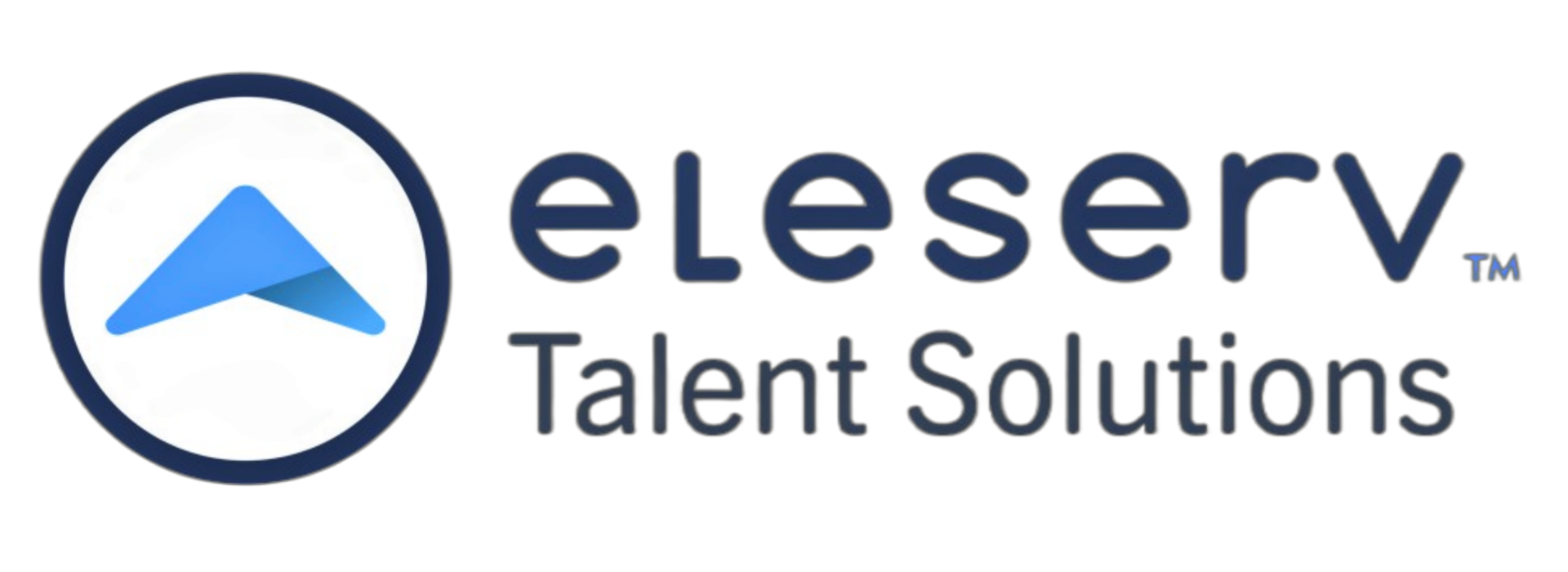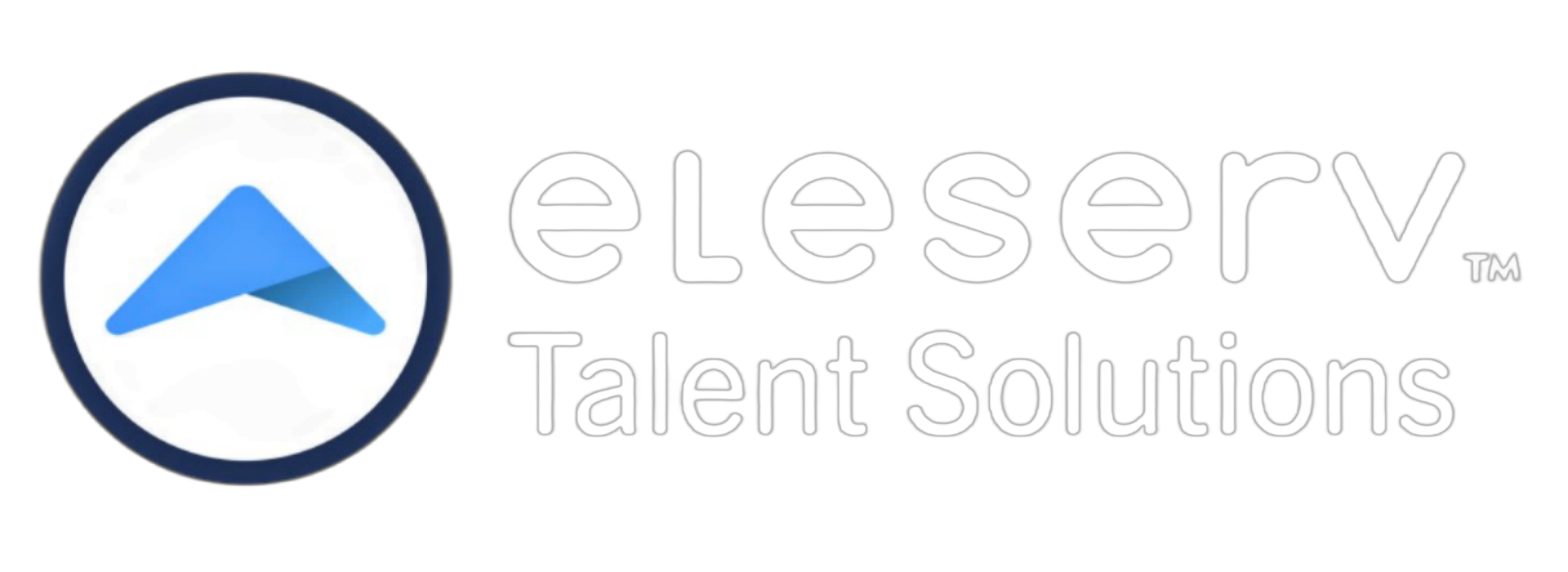Navigating the Talent Terrain: Building a Skills Roadmap
Building a highly skilled workforce is critical for businesses striving to stay competitive in a fast-evolving landscape. For HR professionals, Learning Managers, and Sales Enablement teams, understanding your organization’s capabilities is the backbone of talent development and performance. That’s where skills mapping comes into play.
A well-executed skills map aligns your team’s abilities with business strategy, bridges skill gaps, and fosters career growth—all while providing leadership with actionable insights to drive performance. Below, we’ll guide you through creating a skills map step by step, helping you unlock the potential of your team with precision and purpose.
What is Skills Mapping?
At its core, skills mapping involves identifying, categorizing, and understanding the specific abilities and competencies that individuals or teams within your organization possess. It allows you to visualize current capabilities, determine gaps, and align team members' development with strategic goals.
Benefits of Skills Mapping
Identify Current Skills: Gain a clear understanding of the capabilities your team brings to the table.
Strategic Alignment: Ensure your workforce’s skillset aligns with business objectives.
Drive Performance: Empower leadership with data to make informed decisions improving overall performance.
Career Growth: Support employee development by identifying opportunities for upskilling and reskilling.
Now, let's dive into the process of creating your skills map.
Steps to Create a Skills Map
1. Use a Skills Mapping Worksheet
The first step is to organize your efforts. Start by creating or downloading a skills mapping worksheet that acts as a template for identifying and categorizing required skills for each role. With an easy-to-use framework, you’ll have a structured way to collect and analyze data during the process.
2. Identify the Skills Needed for Each Role
Analyze each role within your organization. What skills are critical for success? Look at both hard (technical) skills and soft (interpersonal) skills. For example, technical skills may include data analysis or proficiency in software tools, while soft skills could be communication or leadership abilities.
3. Use Common Skills to Create Job Families
Once the skills for individual roles are identified, look for overlaps. You can group similar roles into job families, such as marketing, sales, or customer service. This makes it easier to manage talent pools and design development programs efficiently.
4. Identify Skills Examples at Each Proficiency Level
Recognize that not all employees need the same level of proficiency in every skill. Define what beginner, intermediate, and advanced levels look like for each skill. For instance, a beginner in graphic design might understand basic editing, while an advanced professional could create complex designs and develop brand guidelines.
5. Set Target Proficiency Levels for Each Role
For every role, determine the ideal proficiency level for each required skill. For example:
- Customer Success Manager:
- Communication – Advanced
- Problem-solving – Intermediate
- CRM Tool Knowledge – Advanced
This allows you to tailor development plans to meet specific role expectations.
6. Source an Assessment to Measure Current Skills
Now that you have a framework, assess where your team currently stands. This could involve self-assessments, manager reviews, or third-party skills assessments to measure competency levels accurately. Platforms like LinkedIn Learning, Mercer, or SHL can help with this.
7. Identify Skills Gaps
Compare the target proficiency levels with the current assessments you’ve collected. Where do you see gaps? Are there specific areas where teams are lacking? These gaps will form the roadmap for future development strategies.
8. Curate Learning Opportunities
With gaps identified, the next step is to curate training programs tailored to bridge these gaps. Invest in resources, such as:
- Online learning platforms (e.g., Coursera, Udemy)
- Internal workshops
- On-the-job mentoring and coaching
Curating targeted learning ensures each team member has the resources needed to grow and succeed.
Leveraging Skills Mapping for Talent Development
Skills mapping is more than just creating a report. For HR professionals and managers, it’s a vital tool that connects your workforce’s capabilities to company objectives. When combined with a continuous learning culture, skills mapping becomes a long-term strategy for talent development and retention. It also empowers your leadership team with the insights required to lead their teams effectively and drive growth.
By understanding where your organization stands today and planning a roadmap for the future, you can keep your workforce agile, competitive, and ready to tackle new challenges strategically.
Final Thoughts and Next Steps
Creating a skills map might feel like a daunting task, but the benefits far overshadow the initial effort. Not only does it allow you to understand your team better, but it also provides a roadmap for growth that aligns with your strategic goals.
Whether you’re an HR professional analyzing your talent pipeline, a Learning Manager building development plans, or a Sales Enablement leader strengthening your team’s competence, skills mapping equips you with the insights needed to make informed and impactful decisions.
Start mastering the art of skills mapping today! Download our free Skills Mapping Worksheet and take the first step toward aligning your workforce with your organization’s strategic goals. Together, we’ll chart your team’s path to success.
[Download the Worksheet Now]


